One of the legends connected to the ancient people of both the islands of Crete and Dia surrounds the Greek God of Fire, 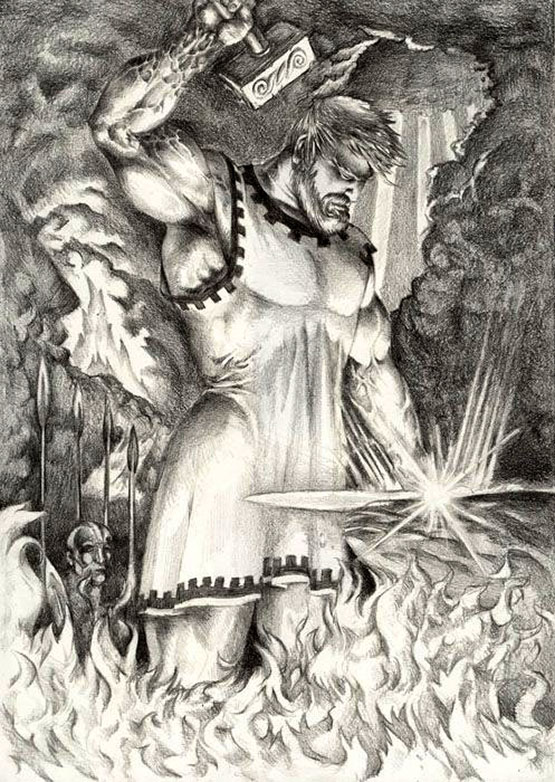 Hephaestus. According to Homer, he was the son of Zeus who was born on Crete and Juno. However, Hesiod had said he was just the son of Juno only, who was unwilling to be outdone by Jupiter when he had given birth to Minerva. (Thong, 927 )
Hephaestus. According to Homer, he was the son of Zeus who was born on Crete and Juno. However, Hesiod had said he was just the son of Juno only, who was unwilling to be outdone by Jupiter when he had given birth to Minerva. (Thong, 927 )
He is usually depicted with a hammer and tongs at his anvil, with his right arm bare and sometimes with a pointed cap on his head. Hephaestus was also born lame, and his mother was so shocked at the sight of him that she flung him from Olympus. Homer had said that he fell on the Island of Lemnos, whose inhabitants tended him.(1)
This Island of Lemnos has been known by many names over the last few thousand years. Names such as Kos, Coos, Letos, Delos, Zia, Cia, etc. Today it is named after the Roman Moon Goddess, Diana, and is called Dia Island.
Now a barren wasteland of an island with very little life and not one human inhabitant, it sits just 7 miles off the coast of Crete in the Mediterranean Sea. I had written about Dia in my two previous articles, The Origins of the Kohen Priesthood, and Dragon Isle: The Kohens of the Lost Island of Dia.
This is where I believe the Jewish Kohen (Cohen or Koan) Priesthood had truly originated because 2,500 years ago, this place was called Kos, and the people who came from the island were known as Koans (Kohens). A family, that had produced some of the worlds most influential men of medicine and of the arts that the world has ever known. The Island in which the God of Fire had fallen to earth (on an island known in mythology as Lemnos, today as Dia, and back then as Kos) and was placed in charge of the Kohens of Kos and they have tended to him ever since.
A legend that is very similar to another story that comes just 7 miles across the sea from the island of Crete, in which the Goddess Rhea in an attempt to protect her infant son Zeus from her vengeful husband Cronus, she had hidden him in a cave on Mount Ida and then placed him in the care of the priesthood of the Curetes.
In the Talmud, the Samaritans are called Cutheans (Hebrew: כותים, Kutim). The Cutheans were from ‘Cuthah’, which was one of several cities from which people were brought to Samaria on Crete. A colony of Cutheans (Samaritans) had settled in Crete, whose priests were the ancient Curetes, and in the Bible, the Samaritan Levites. Crete was called Keftiu by the Ancient Egyptian texts and Kaftor, or Caphtor in the Old Testament.
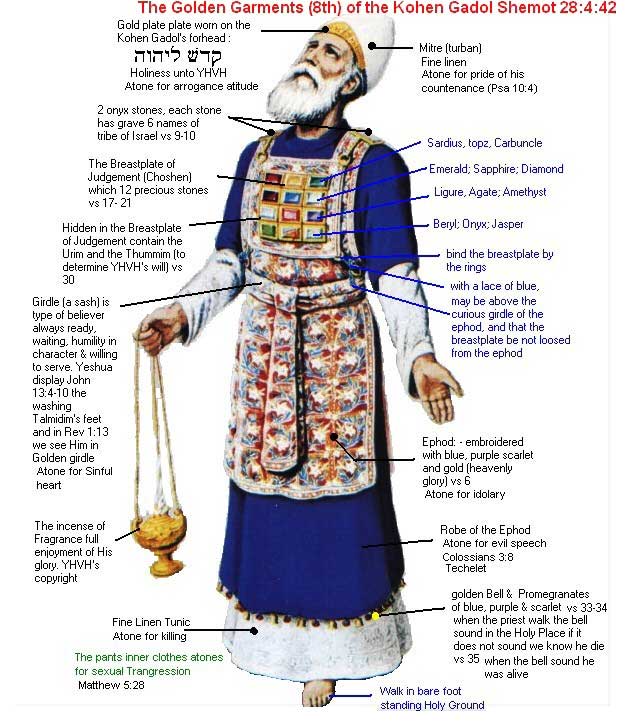 The people of Mount Ida were also known as the Idaens, who we would know today as the Judeans or Tribe of Judah. The name of their city was Idumea, and hence the name Judea. This city became home to those people who were banished from Egypt for being diseased such as with leprosy, and Moses was their leader.
The people of Mount Ida were also known as the Idaens, who we would know today as the Judeans or Tribe of Judah. The name of their city was Idumea, and hence the name Judea. This city became home to those people who were banished from Egypt for being diseased such as with leprosy, and Moses was their leader.
These may very well be the biblical Jews who had followed Moses out of Egypt into the Land of Milk and Honey and who were descended from Abraham. Roman Emperor Julian had simply described them as Cretans who settled near Mount Ida in Crete.
Quite possibly, the islands and cities had separated many of the tribes, with Kos being the Kohens and Crete housing Tribes such as that of Judah and the Samaritan Levites of Samaria. Later these people of the Sea and tribes would become some of the most fierce warriors and priests that the world has ever known.
A reputation that brought them special attention from competing kingdoms of the East and in the end, the Romans would almost completely exterminate them and they would have to leave their land yet once again.(2)
In mythology, the island of Lemnos, which is also known by the names of Kos, Coos, Cia, Zia, and today known as the barren wasteland of an island called Dia, was eventually destroyed by Zeus who sunk it into the ocean which flooded and killed everyone and everything on the island except one person. The soul survivor of the flood was said to be the fire god, Hephaestus.
The original myth of the Fire God had originally come to Crete from ancient Egypt, where after the death of the king of Egypt, Hermes; Hephaestus had obtained possession of the empire 1680 days, which is 4 years, 7 months, and 8 days. He was also the god of boat making, blacksmiths, craftsmen, artisans, sculptors, metals, metallurgy, and volcanoes. Hence, the throne of the king and royal court of ancient Egypt had simply moved to the Island of Crete where they would rule the Mediterranean and all the Egyptian Empire with the first organized Navy, via the power of the sea and boat.
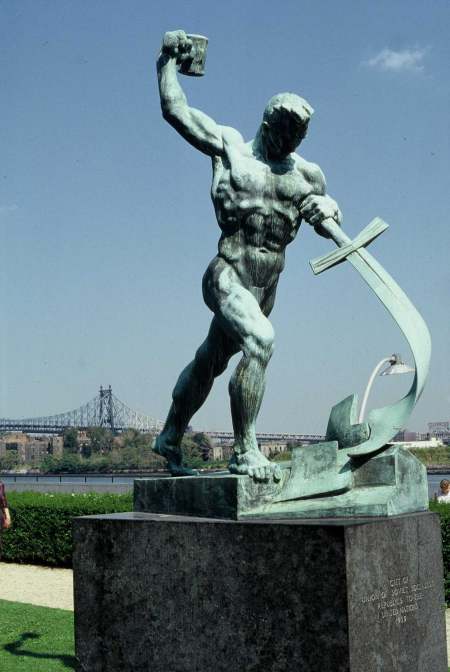 Later in Rome, Hephaestus had become the Roman Vulcan (Vulcanus), and in the Bible, Hephaestus may also be the equivalent of the master biblical metal worker known as “Tubal Cain.” Tubal Cain had descended from Cain, the son of Lamech and Zillah, and the brother of Naamah, who Tubal is said to be the last soul survivor of the race of Cain after the flood.
Later in Rome, Hephaestus had become the Roman Vulcan (Vulcanus), and in the Bible, Hephaestus may also be the equivalent of the master biblical metal worker known as “Tubal Cain.” Tubal Cain had descended from Cain, the son of Lamech and Zillah, and the brother of Naamah, who Tubal is said to be the last soul survivor of the race of Cain after the flood.
He is the “forger of all instruments of bronze and iron” (ESV), or an “instructor of every artificer in brass and iron” (KJV), and in Freemasonry, Tubal Cain is considered an ancient brother. Author Albert Gallatin Mackey in his book, A Lexicon of Freemasonry had written; “Tubal Cain has been considered among Masons as a symbol of worldly possessions.”
These priesthoods from Crete and Dia may very well be connected to Egypt, Greece, Rome, Europe and the world we see today. An ancient people interwoven in to time and the royal history of the Abrahamic religions or its offshoots of the massive web of secret societies such as the Freemasons, Rosicrucians, Templars, and the Jesuits.
The keepers of the secret mysteries, secret history of the human race, and the major players, in what looks to be the final race or battle to the finish of the Apocalypse.
SOURCES:
1. A Classical Dictionary: containing an account of the principal proper names … By Charles ANTHON (LL.D.)
2. A Million of Facts, of Correct Data, and Elementary Constants in the Entire By Richard Phillips

Moe is the founder of GnosticWarrior.com. He is a father, husband, author, martial arts black belt, and an expert in Gnosticism, the occult, and esotericism.

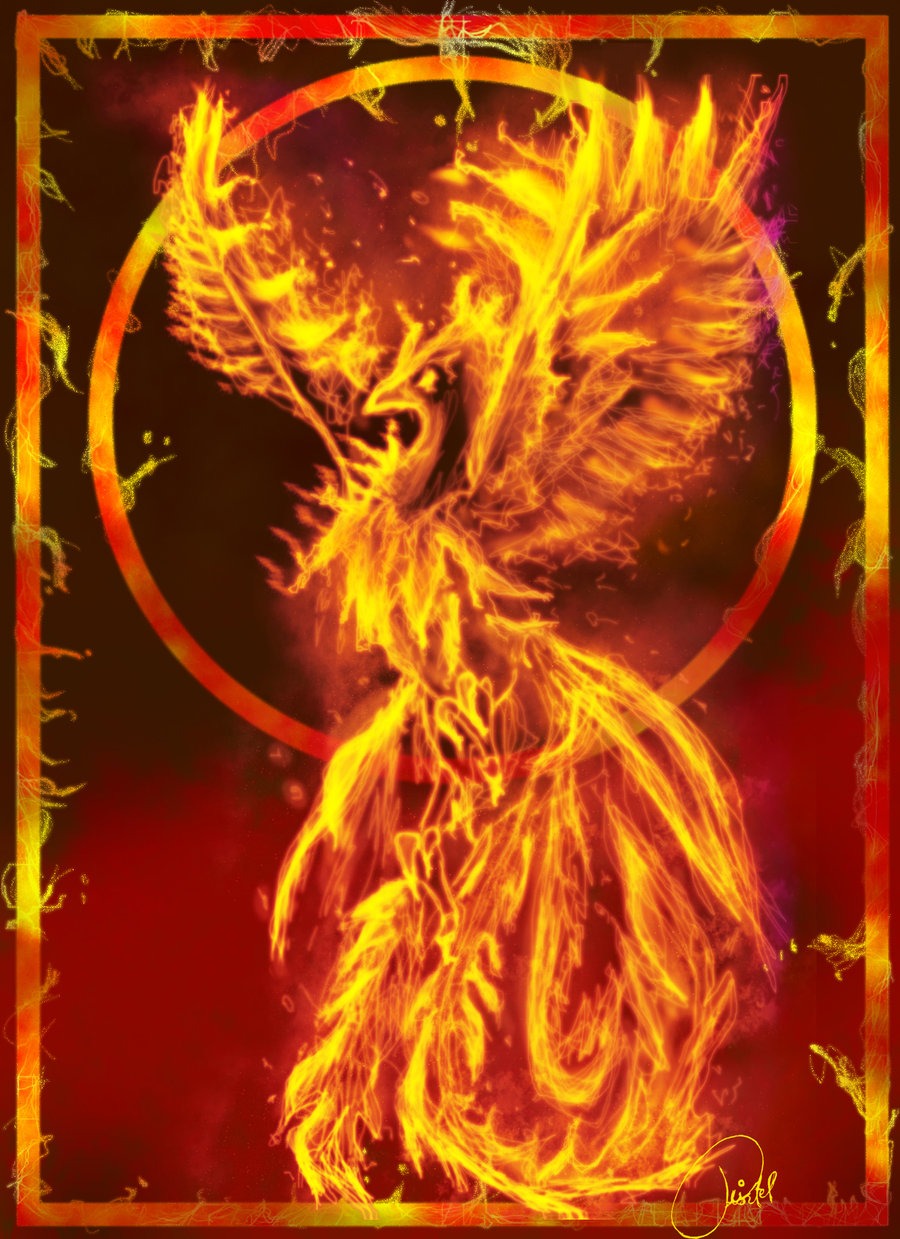

![How the dust of that place prevailed against fire [After 642 A.D.] | Book 3 | Chapter 10 How the dust of that place prevailed against fire [After 642 A.D.] | Book 3 | Chapter 10](https://www.gnosticwarrior.com/wp-content/plugins/contextual-related-posts/default.png)
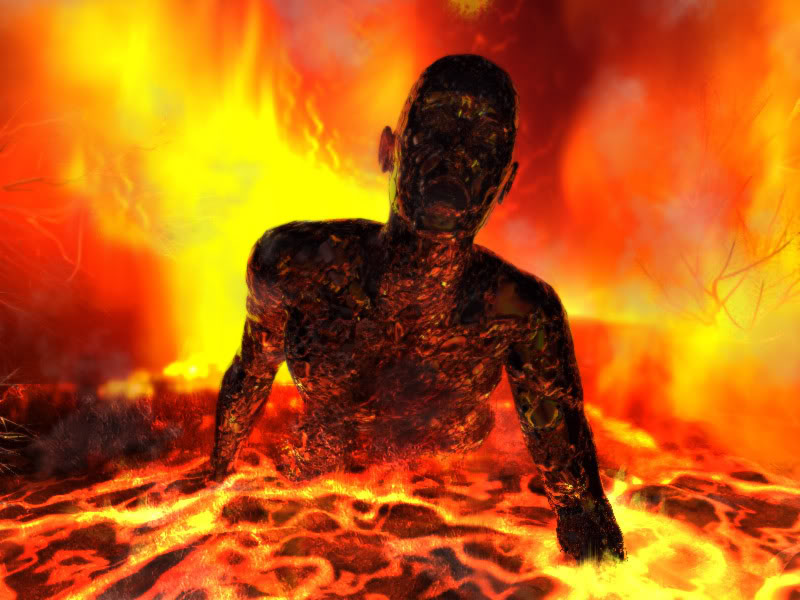
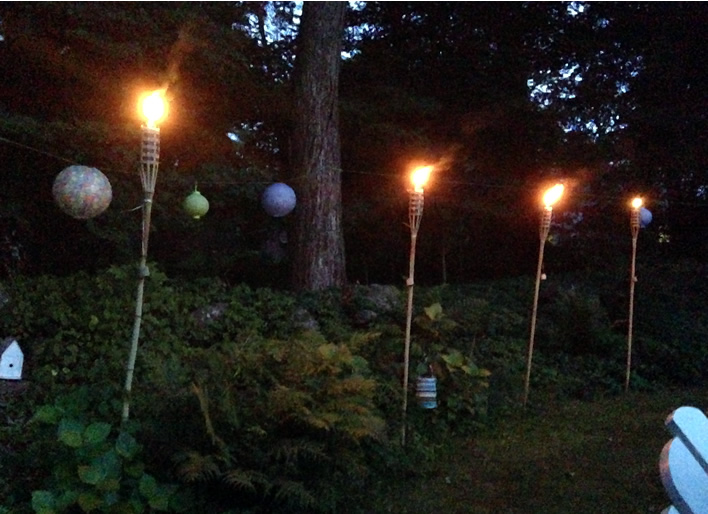
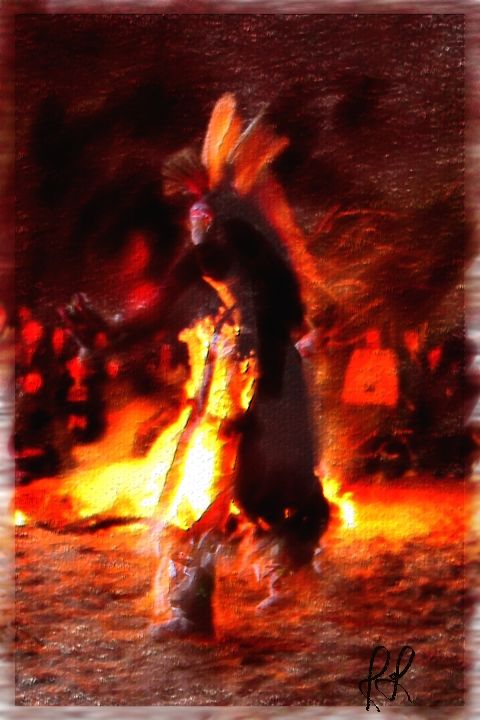

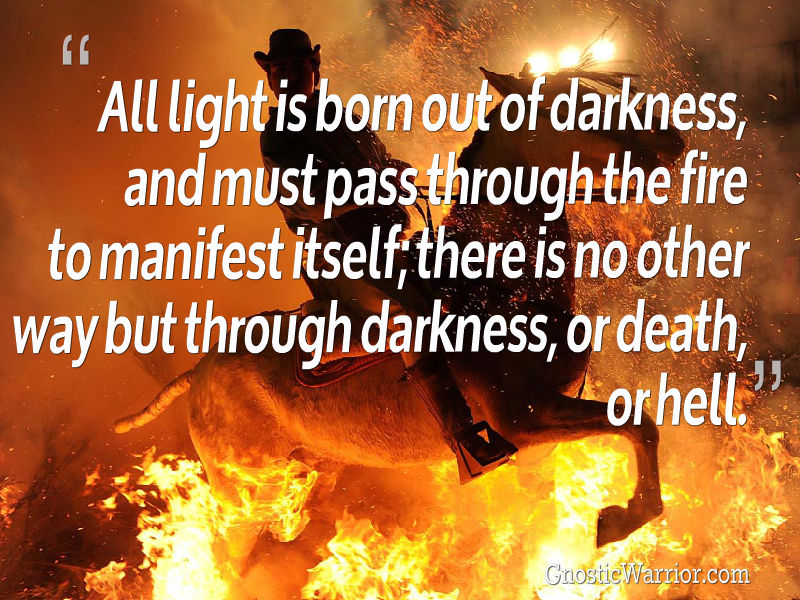
Many Gods mentioned in myth were modeled after real men who were given allegorical god like names to immortalize them and hide their identity in order to get other nations to worship them under the form of a God head. In cognito gods who hide in Trojan wooden horses 😉
Having lived most of my life as a believer…I have always had a hard time relating to gods that are “born.” Man gods simply do not hold enough power to be gods IMHO. I like gods that are not of the seen Universe. But then they are also mythological but I think they are more powerful…in the imaginary fantasy world of gods.